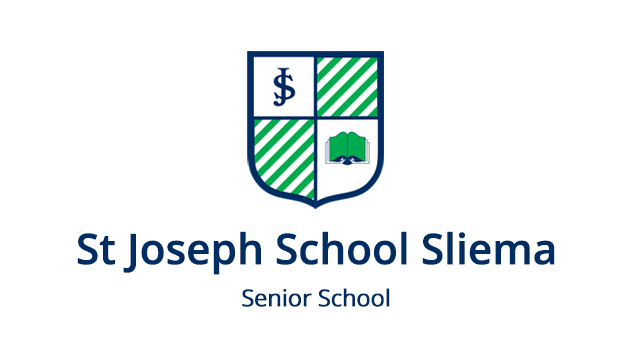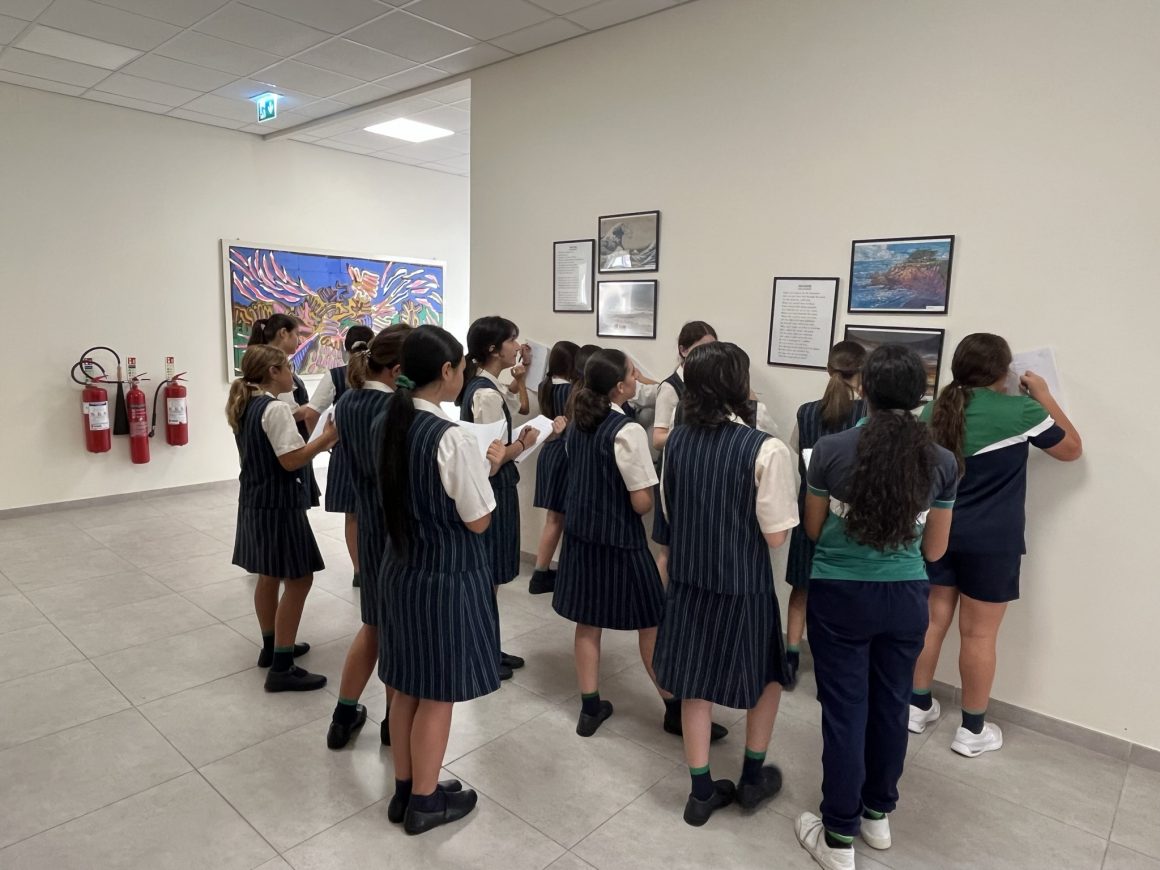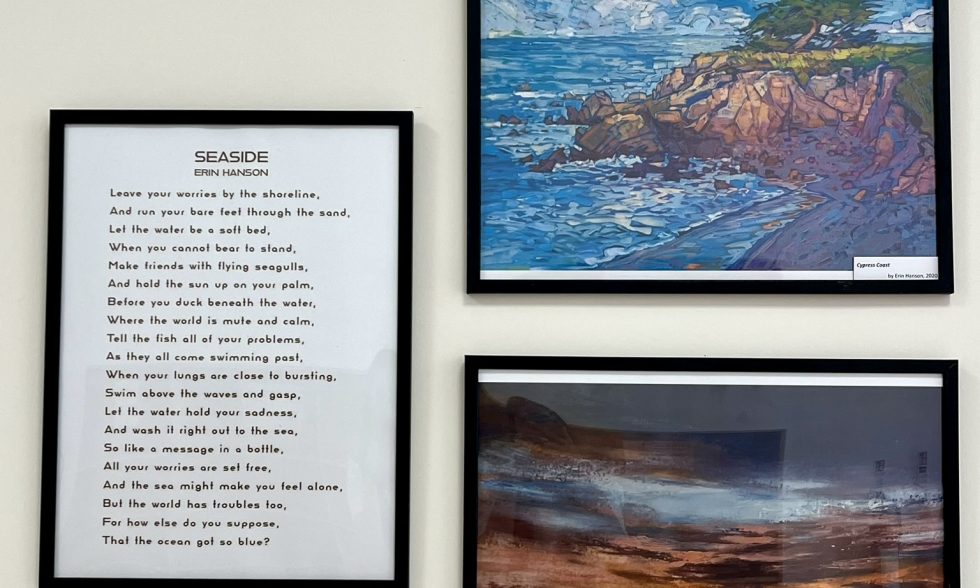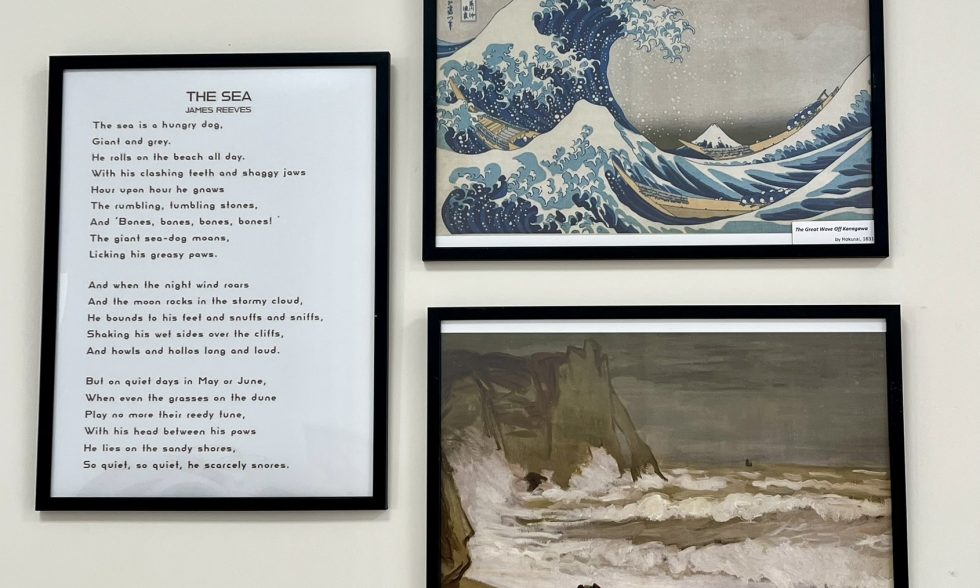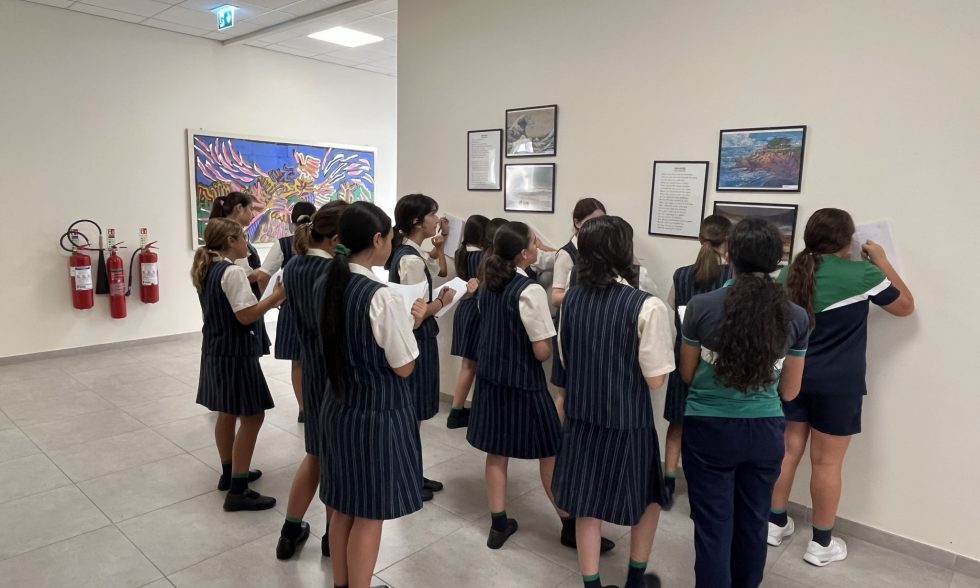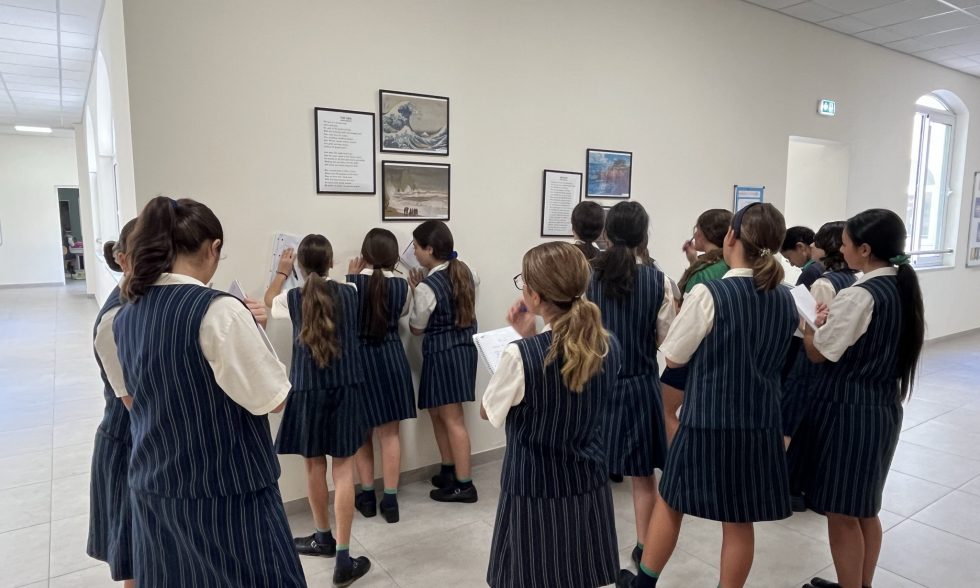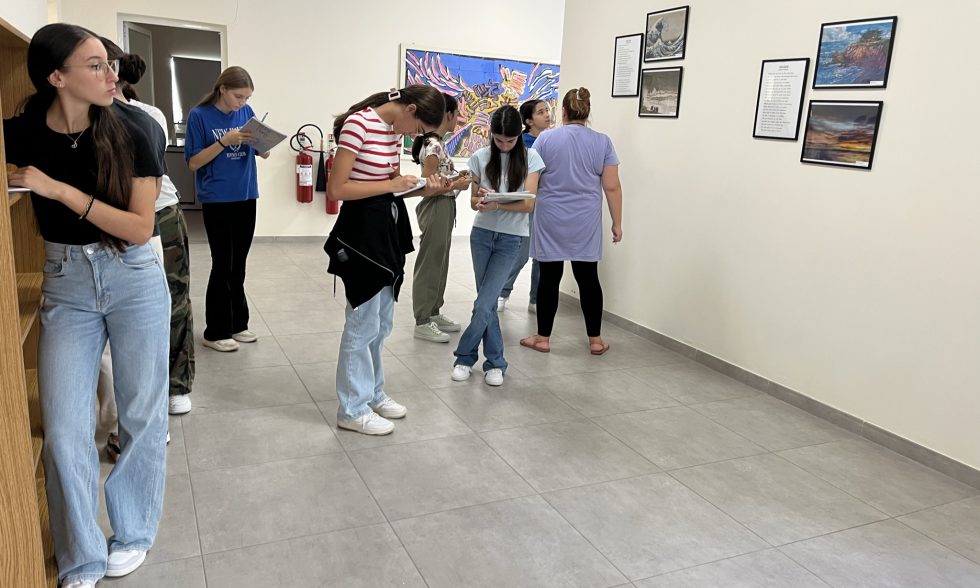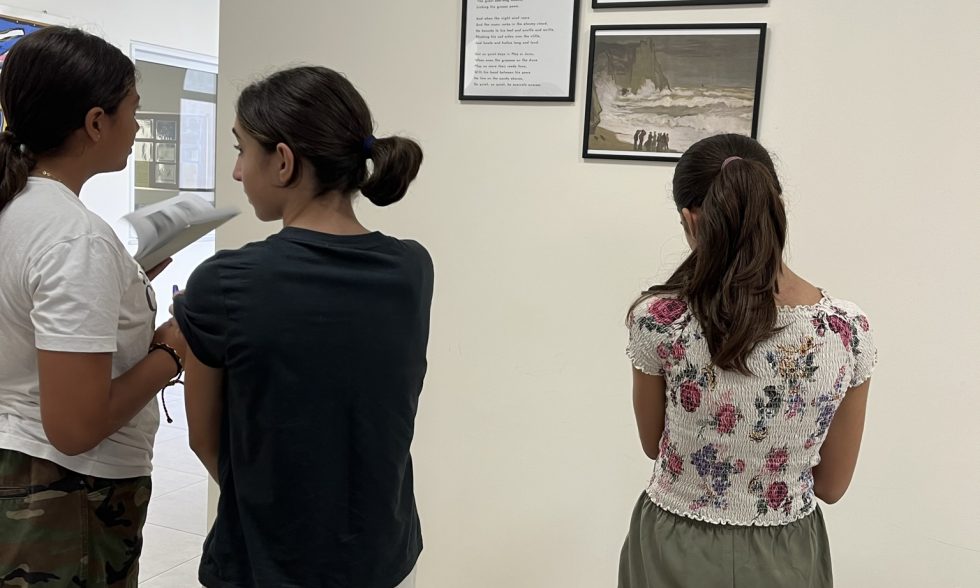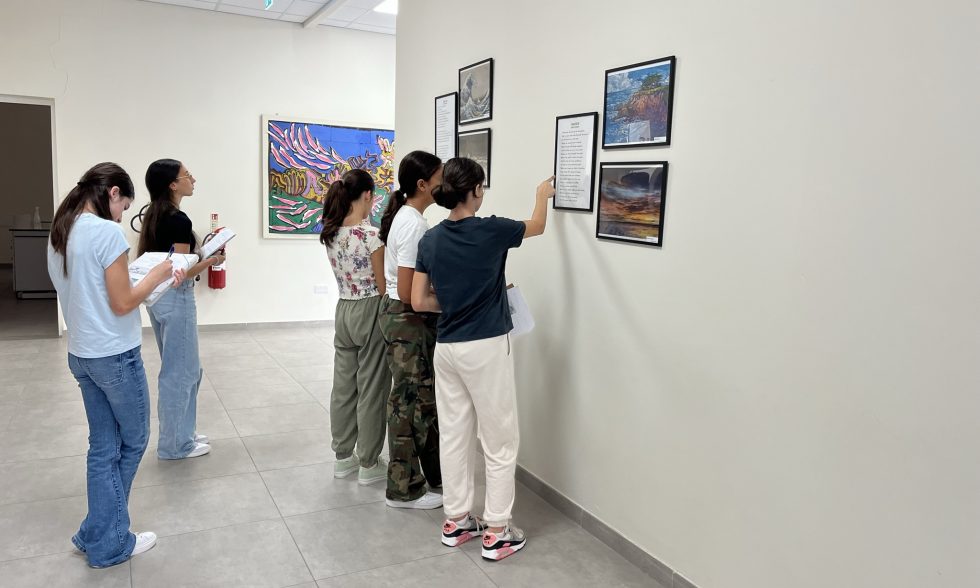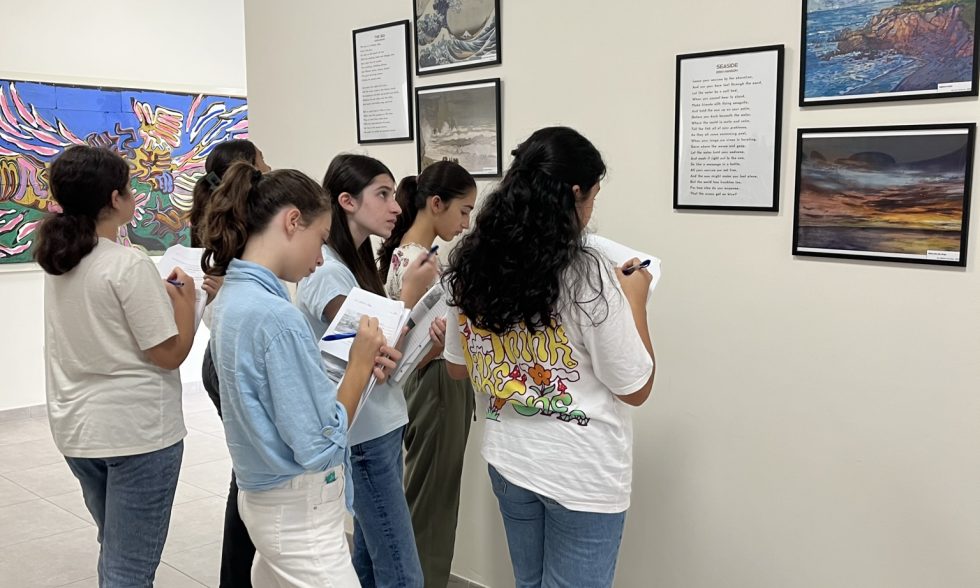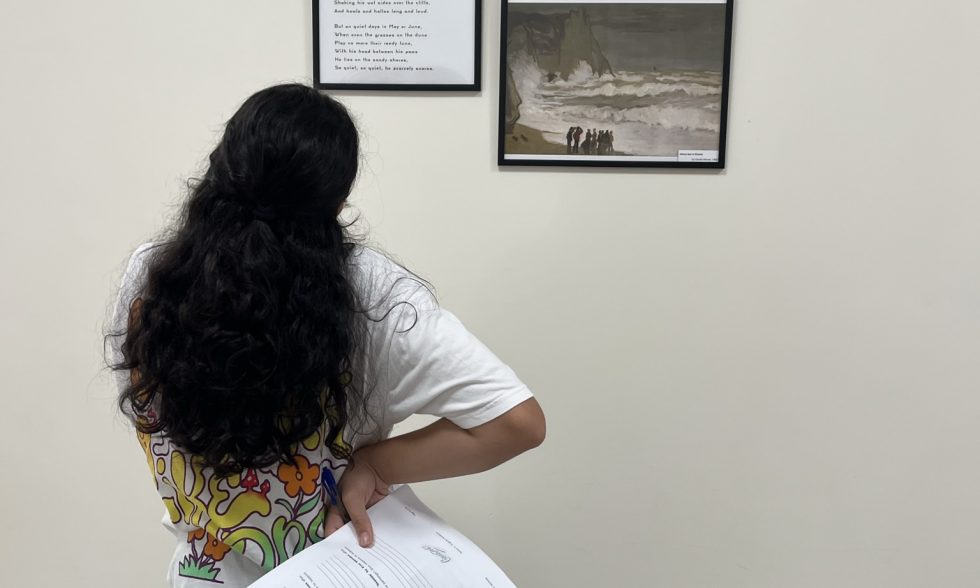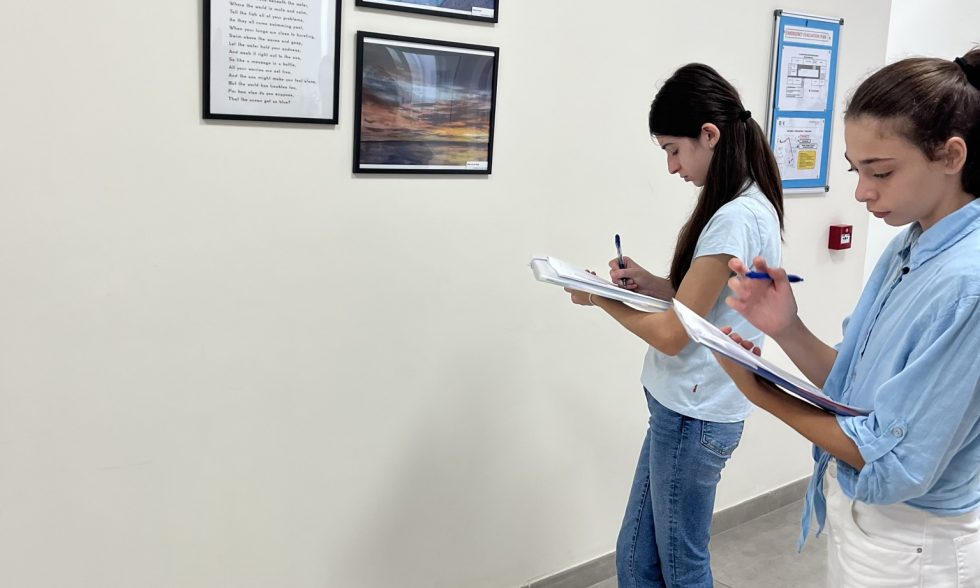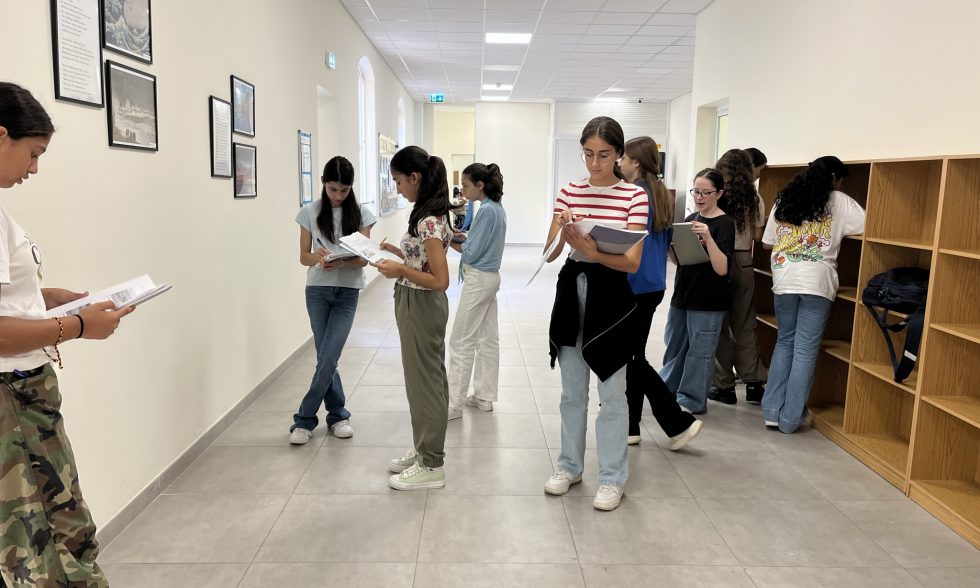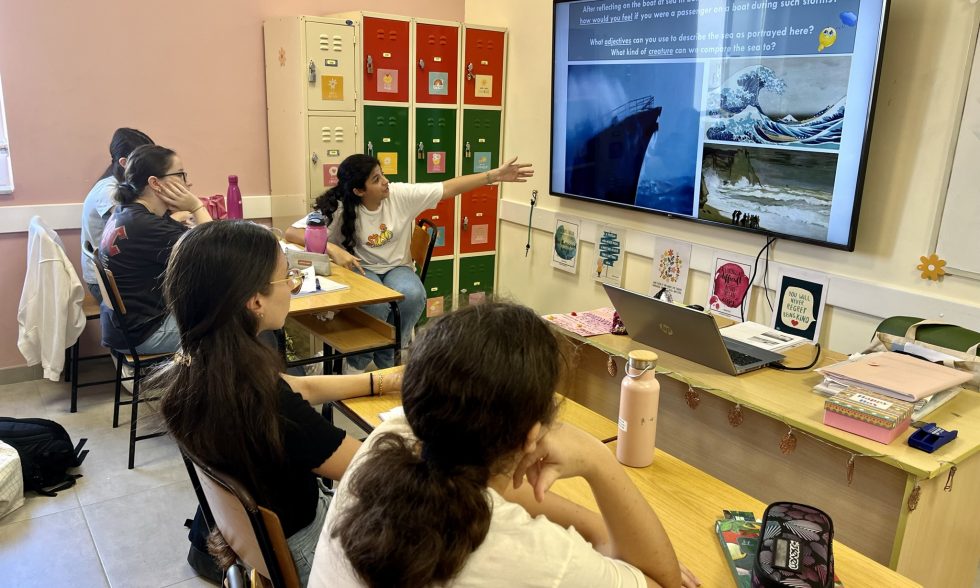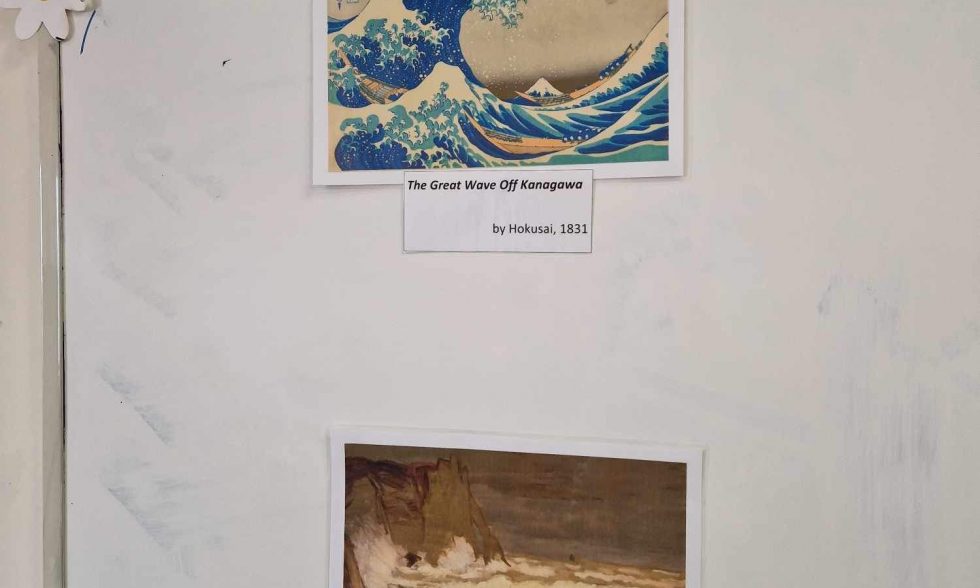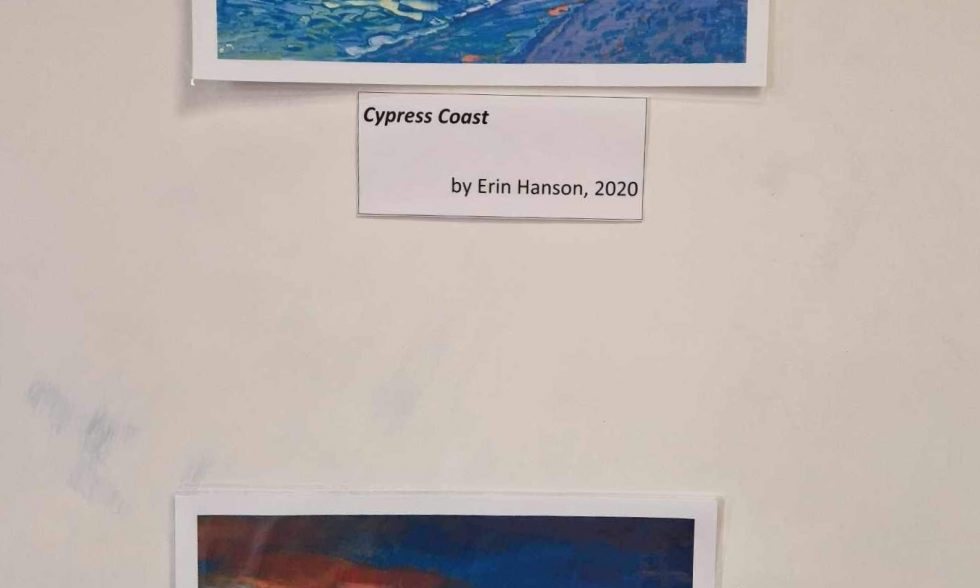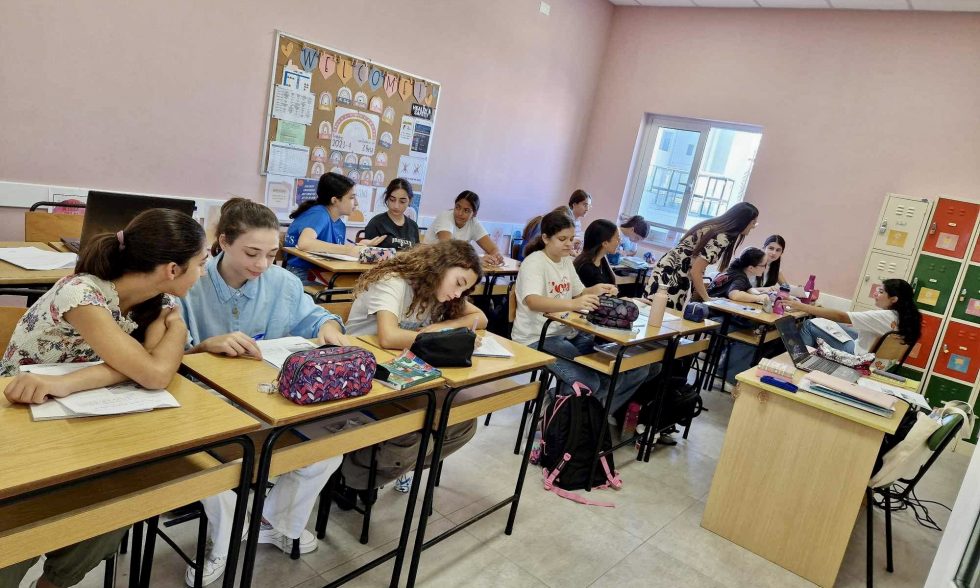Teaching Poetry Through Art : An Erasmus+ Initiative
In February 2023, I attended the ‘Teaching and Learning Through Art’ course organised by the European Cultural Academy in Venice together with three other educators from our school, thanks to Erasmus+ and the EUPA. Through our lectures with cultural educators and artists, workshops and visits to three of Venice’s world-renowned museums, we were able to understand how to incorporate works of art into teaching, whilst allowing for the implicit learning of literacy, inclusion and diversity, critical thinking, communication skills, and history.
As part of the sharing of the learning that took place from having attended the course, I formulated a series of English Literature lessons for all my Senior 3A and 3 Beta students, that incorporate the teaching and learning of poetry and art, whilst still following the official Learning Outcomes outlined in the SEC 12 Syllabus for English Literature of 2026 by the MATSEC Examinations Board. The first three art-based poetry lessons were delivered in Term 1 from October 2023 to the two Senior 3 groups respectively, and the remaining lessons will be delivered in Term 2 this year.
The theme for these lessons is that of the sea, with a primary focus given to the set poem ‘The Sea’ by James Reeves, and the unseen poem ‘Seaside’ by Erin Hanson. The three main purposes of these art-based poetry lessons include the following:
- To expose students to four paintings portraying the varying elements of the sea, as a means to help students analyse, compare and contrast the artworks, discuss them collaboratively, and link them to vocabulary and imagery associated to the sea;
- To introduce students to the two poems in focus and guide them to link these poems to the four paintings, and identify the main message of each poem;
- To use visuals including Web and Venn diagrams, to guide students to analyse, compare and contrast the two poems in terms of their varying poetic features. The students discuss and reflect on their final personal response to the poems, and each student writes two literary essays, the first being a poem appreciation essay of the set poem ‘The Sea’, and the second comparing and contrasting the two poems.
The four paintings chosen for these lessons adhere to the changing depiction of the sea in the two poems in focus across different seasons. Hokusai’s ‘The Great Wave Off Kanagawa’ (1831) and Claude Monet’s ‘Heavy Sea in Étretat’ (1869) depict the sea’s power, as well as its dangerous and uncontrollable nature in winter, whilst Erin Hanson’s ‘Cypress Coast’ (2020) and Debbie Bonello’s ‘When the Sky Sings’ (2020) depict the sea’s gentle and beautiful spirit in the spring and summer seasons. The chosen paintings range from classic to contemporary works of painters of different nationalities, including a local artist, to broaden students’ exposure to art. The correlation in the way the sea is depicted in the four paintings and the two poems help to bridge the gap between art and literature in a much more seamless manner.
Thanks to the school’s funding, we were able to set up our school’s own art gallery where we printed and framed the four paintings and the two poems in focus, and hung them up in a vacant corridor wall on the second floor for all the school’s staff and students to be able to stop by, appreciate and reflect on them.
The first art-based poetry lesson involved the Senior 3A and 3 Beta students being given the opportunity to visit the school’s art gallery. Using a worksheet for guidance, the students were given time to take a look at the four framed paintings and write down their interpretation of them, using adjectives and descriptive language to vividly describe what they could see. Following this exercise, the students were instructed to read the two framed poems, ‘The Sea’ and ‘Seaside’, and use their interpretation of the paintings to guide them to be able to identify the main idea of each poem. This first art-based poetry lesson was self-paced for each student to be given the freedom to immerse themselves in the artworks and explore their personal response to them and the poems for the duration of the entire lesson.
Following the students’ visit to the school’s art gallery, the second art-based poetry lesson was centred around group work and whole-class discussions, where students were given time to work in pairs or groups by revisiting the notes they had taken down on their worksheets during the previous lesson and discuss their interpretation of the paintings and the poems. Through their discussions, students were able to identify similarities and differences in their interpretations. Laminated printed copies of the paintings were also put up on the whiteboard in the two classrooms to facilitate students’ discussions when making reference to the paintings. Whole-class discussions followed thereafter where every pair or group was given the opportunity to share what they had discussed with the rest of the class.
These exercises played a crucial role in helping the students to bridge the gap between art and literature independently, without any predetermined analysis of the artworks and poems. The discussions in groups followed by whole-class discussions gave students autonomy in their personal response to the works, which had the right to be deemed valid, whilst also giving each student a voice to explain their interpretations.
The art-based poetry lessons that followed made use of further visual interpretation for students, but this took the form of a video of a ship at sea during a terrible storm, to help the storms depicted through the first two paintings come to life. Further class discussions followed, to guide the students to use their interpretations to help them to set the groundwork for their understanding of the set poem ‘The Sea’, where the identification of the comparison between the rough, uncontrollable sea and “a hungry dog” becomes central to the poem through the use of an extended metaphor.
The photos featured hereunder adhere to all the art-based poetry exercises for each of the lessons explained above. When students are pictured in casual clothes, it is because the lessons would have taken place during Casual Days at school.
Term 2 will continue to build on students’ interpretation of the four paintings and the two poems, to primarily immerse them in a thorough analysis of the set poem ‘The Sea’ and provide them with a solid understanding of the poem to be able to write a poem appreciation essay for it. Following this, students will be given practice to become skilled in comparing and contrasting a set and unseen poem through the two poems in focus, and write a second literary essay accordingly. The use of visuals including Web and Venn diagrams will help to continue making use of creative means to guide students’ understanding.
Ultimately, as Prof. Laura Tinti, our lecturer in Venice, had shared with us last February, it is important to keep in mind that although outside of the art room we cannot hypothetically give the full ‘cake of art’ to our students, we can still give them crumbs to taste the flavour, consistency, pleasure, desire, imagination, and communication that art is able to instill in our students.
Ms Erika Scicluna – Teacher of English Language and Literature
